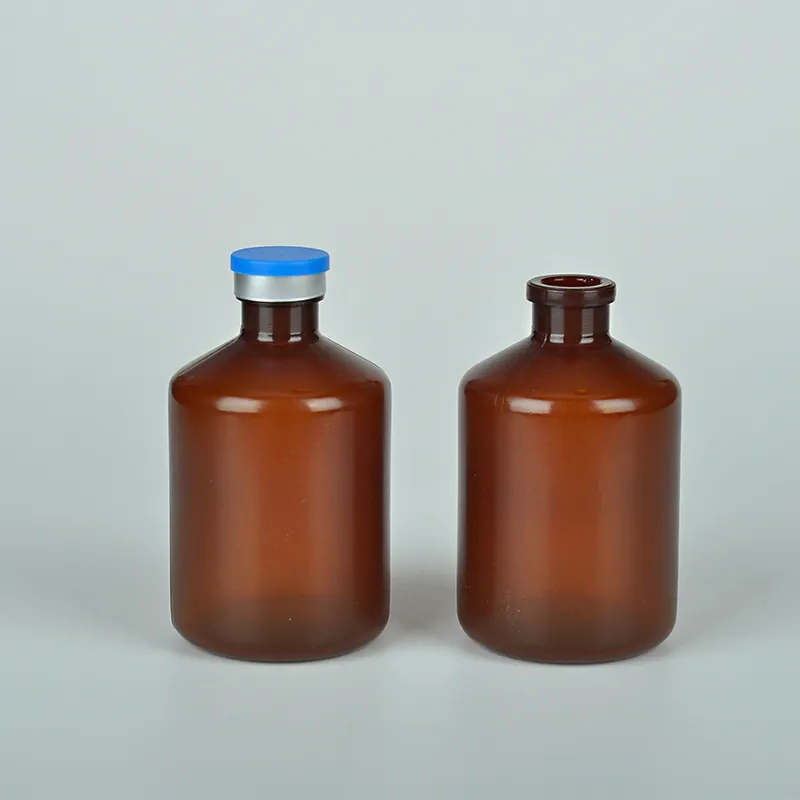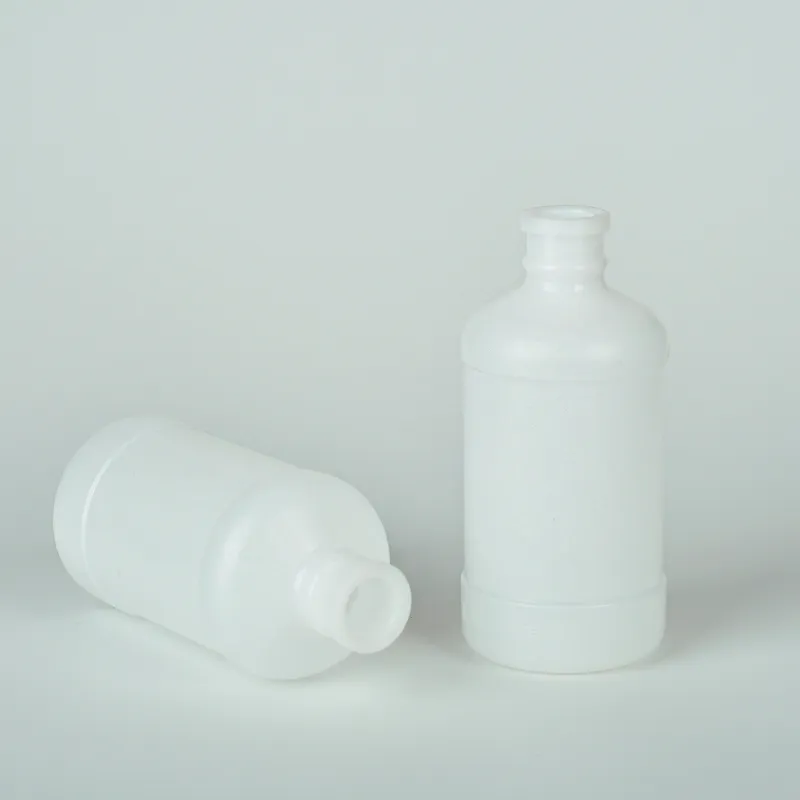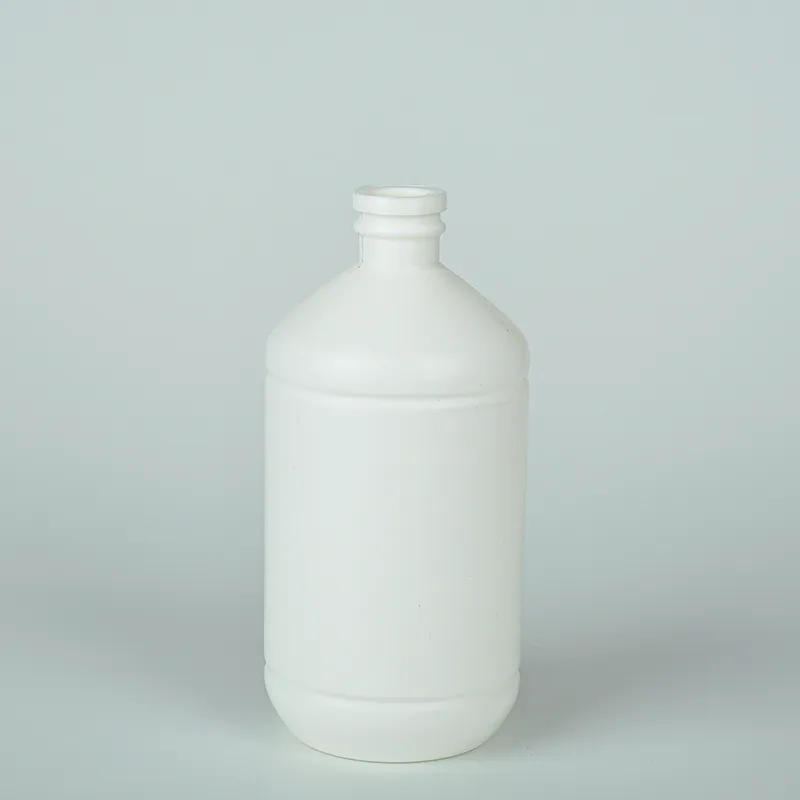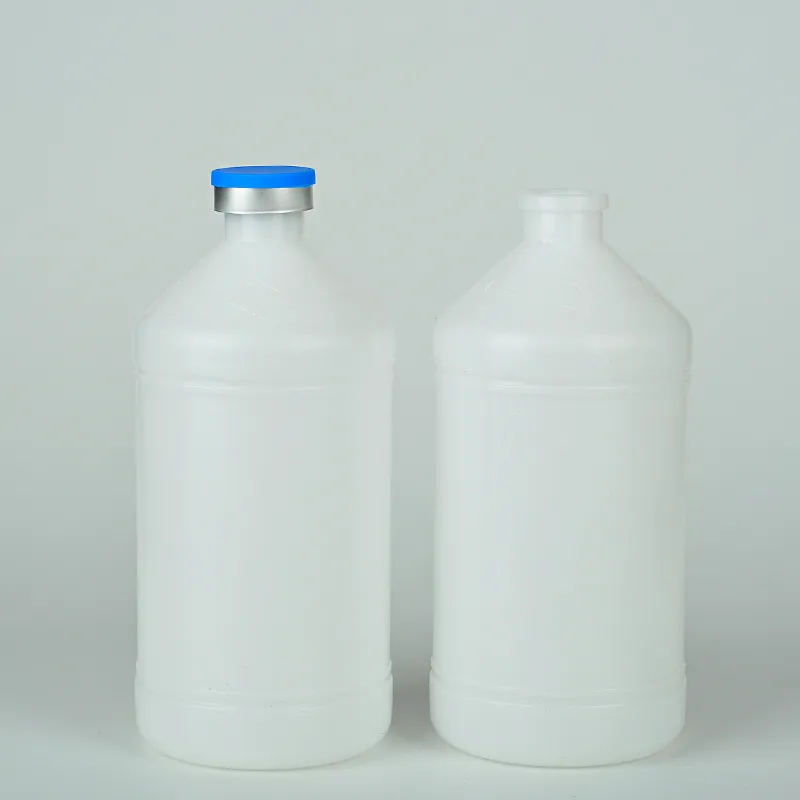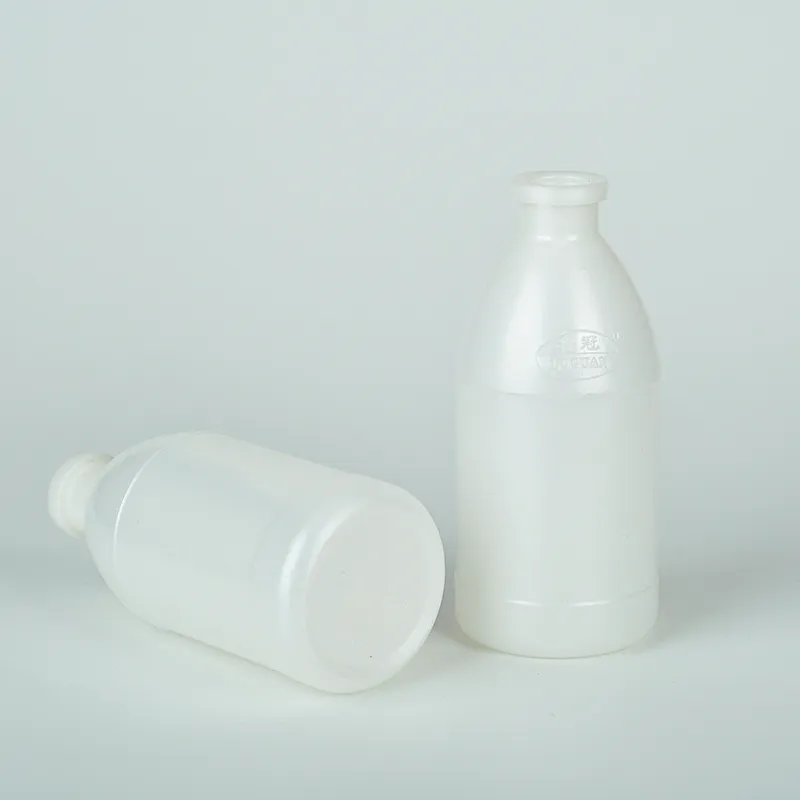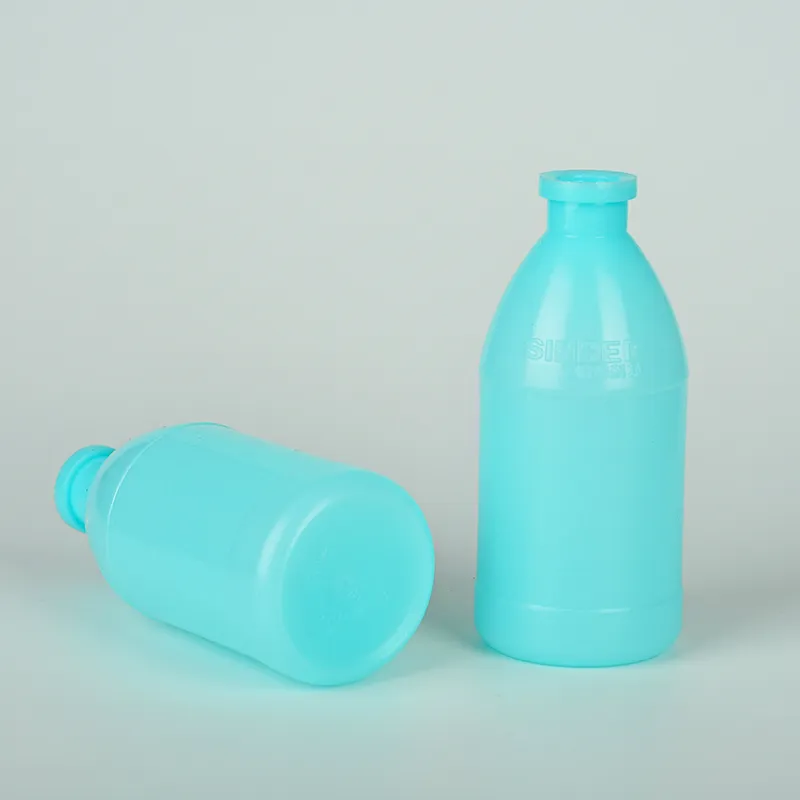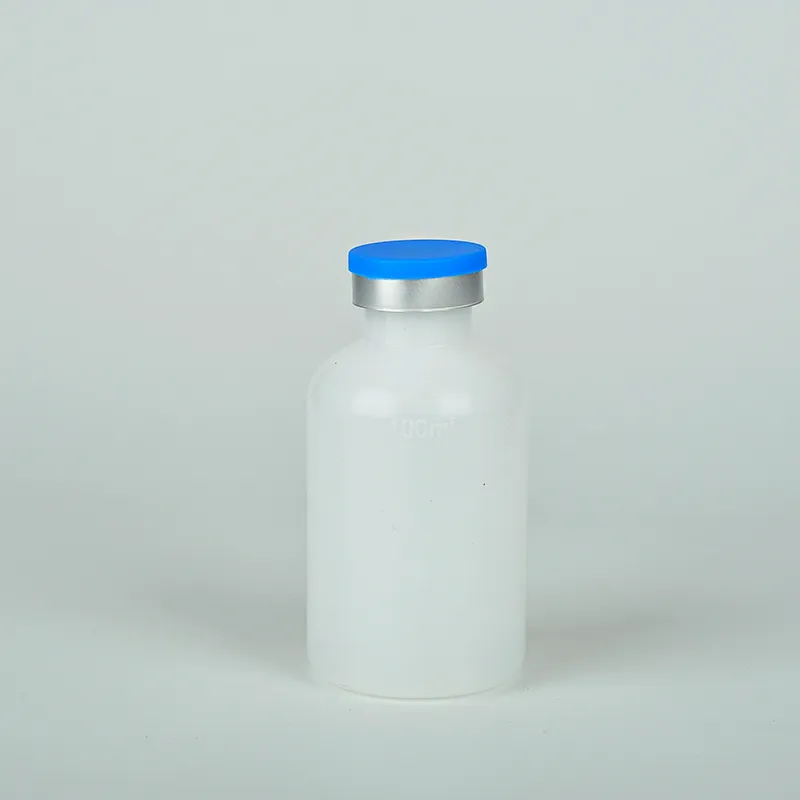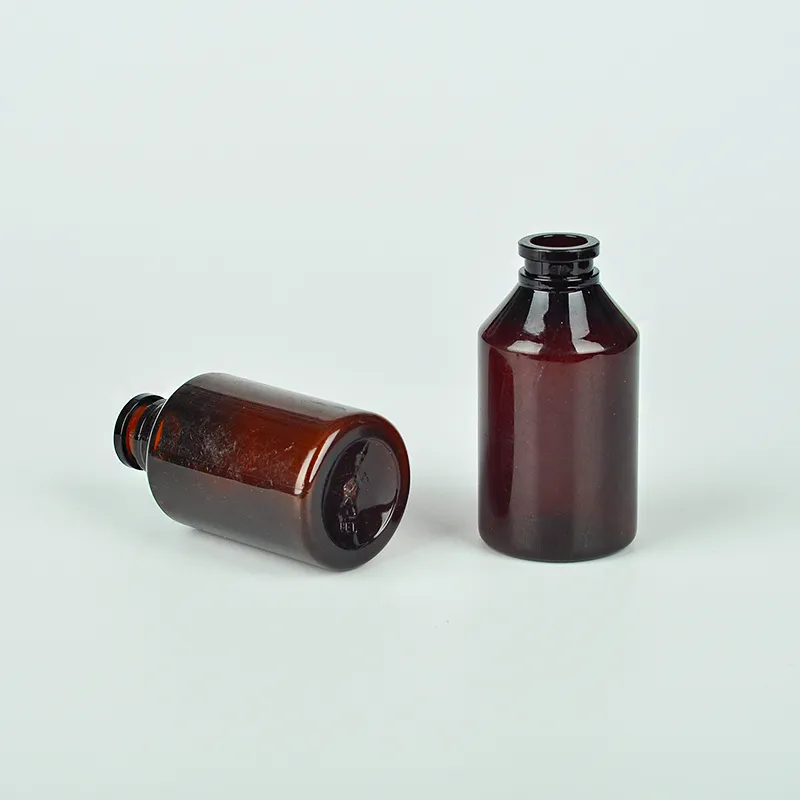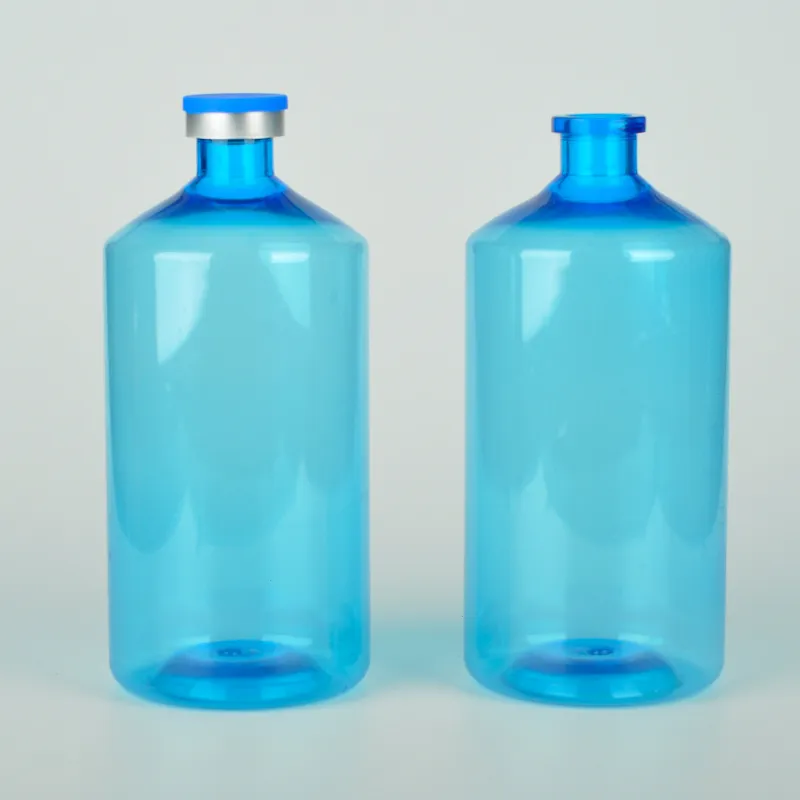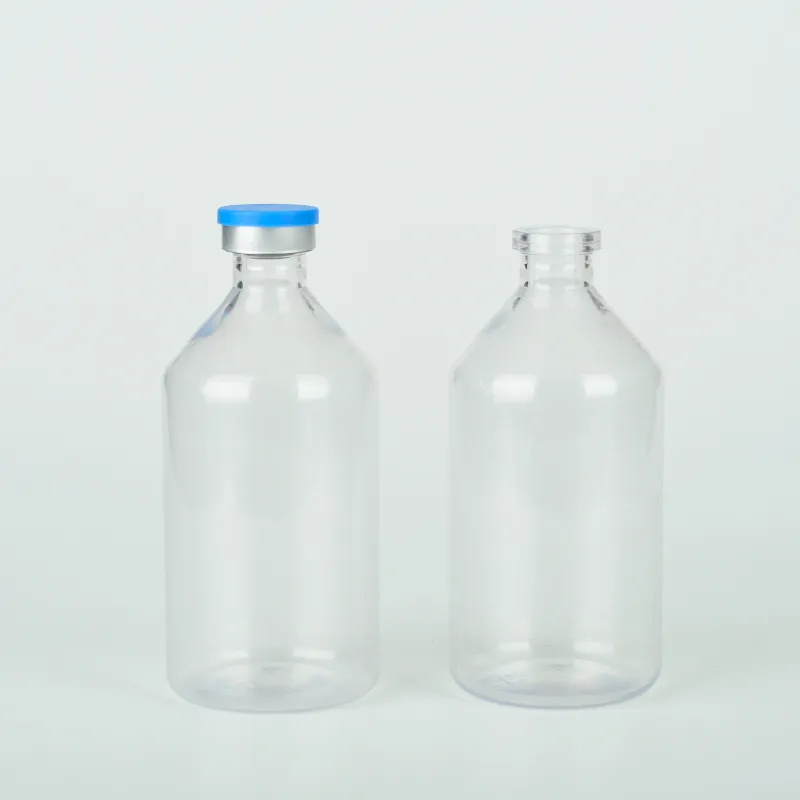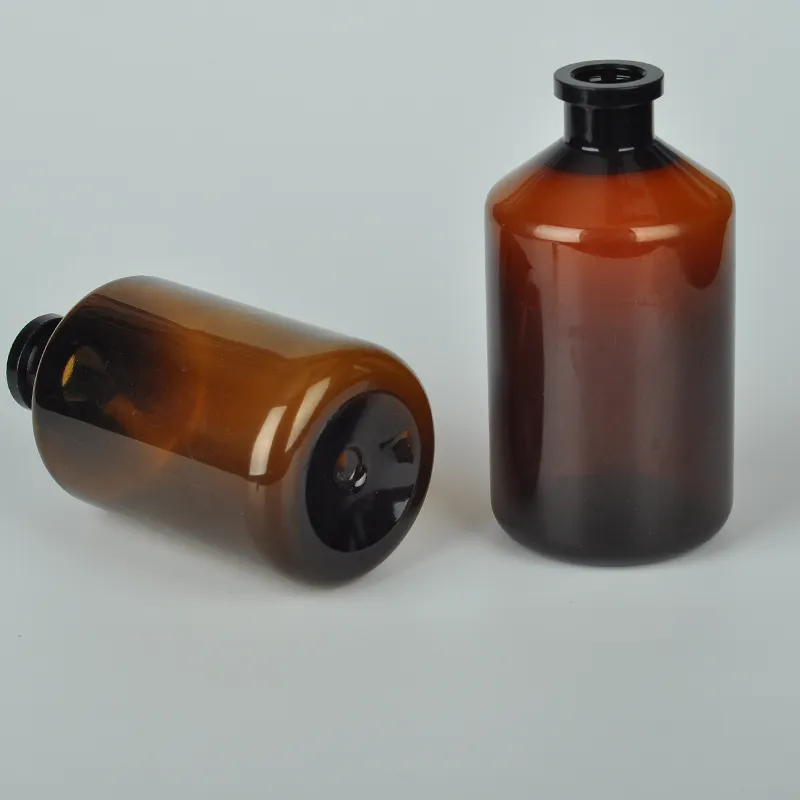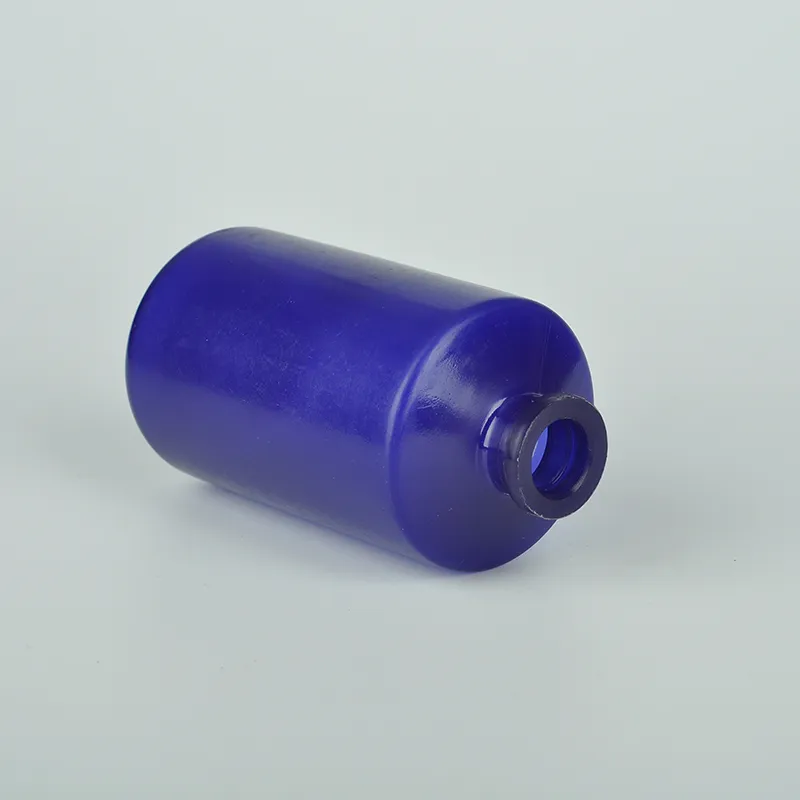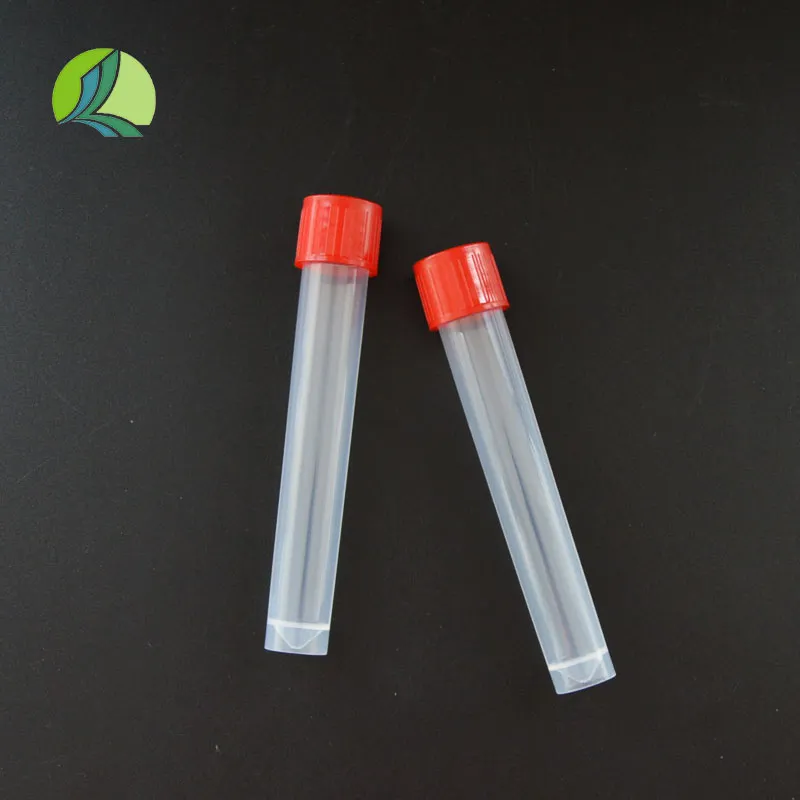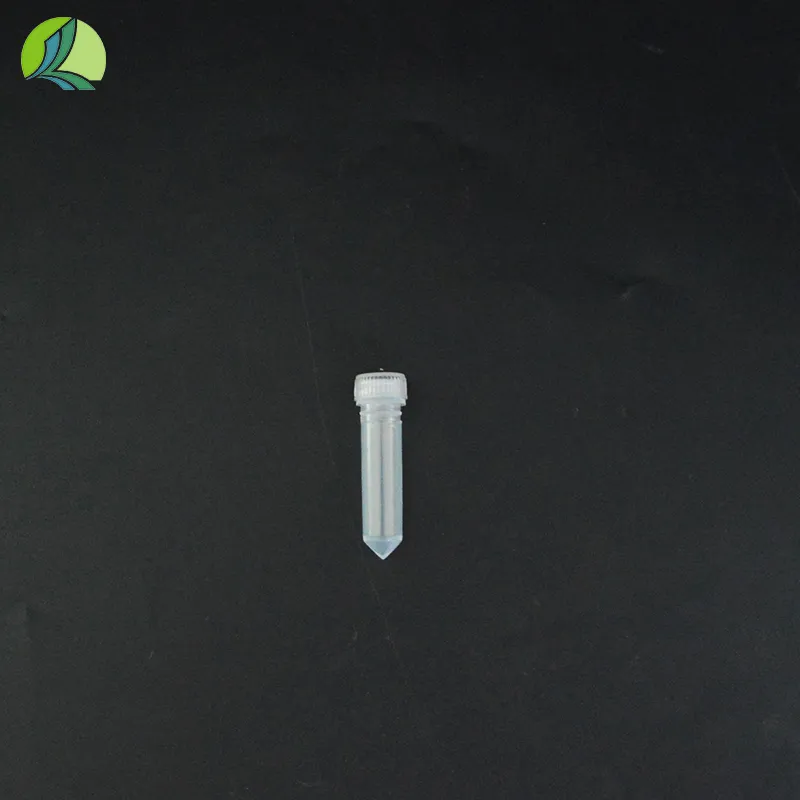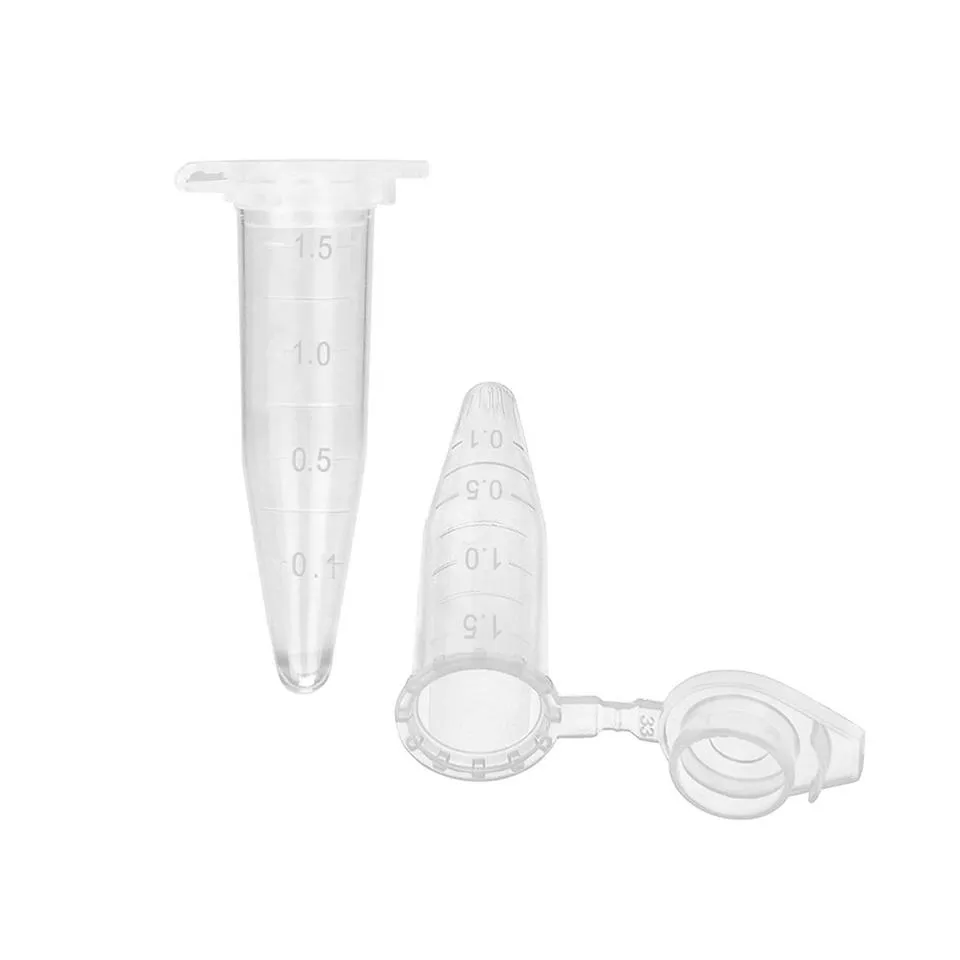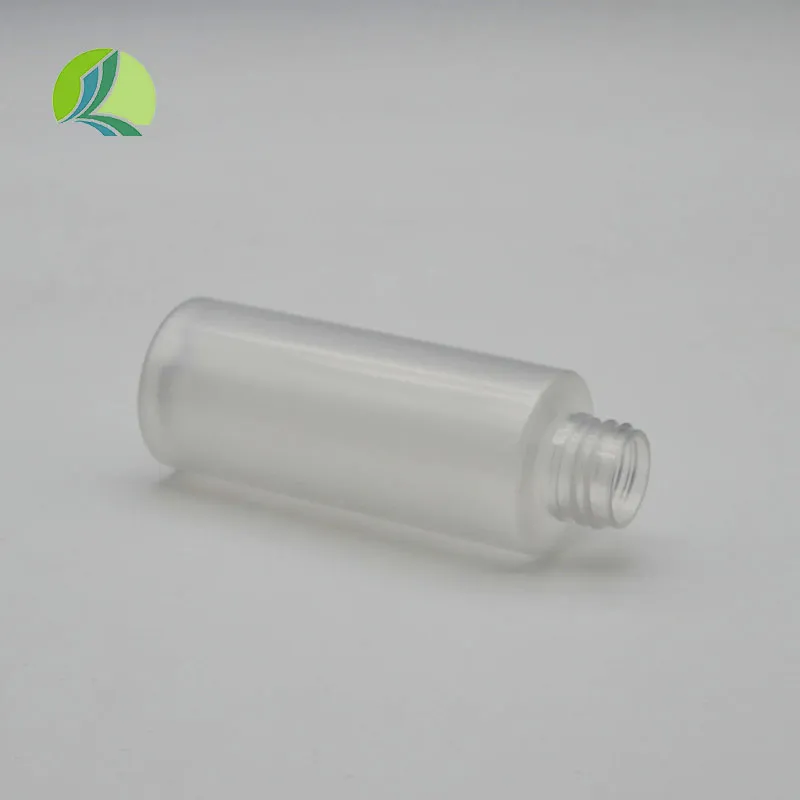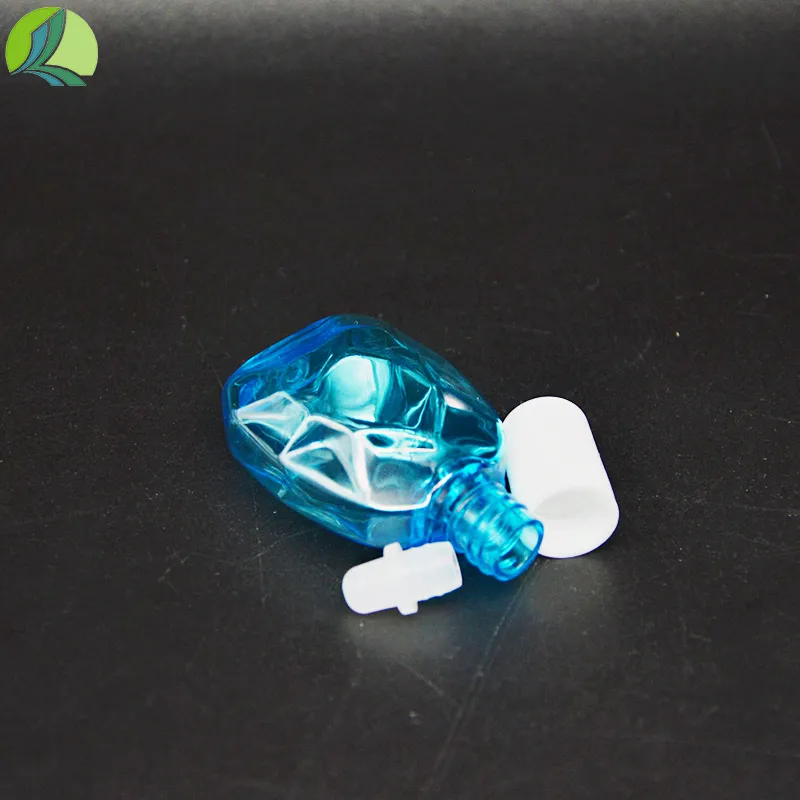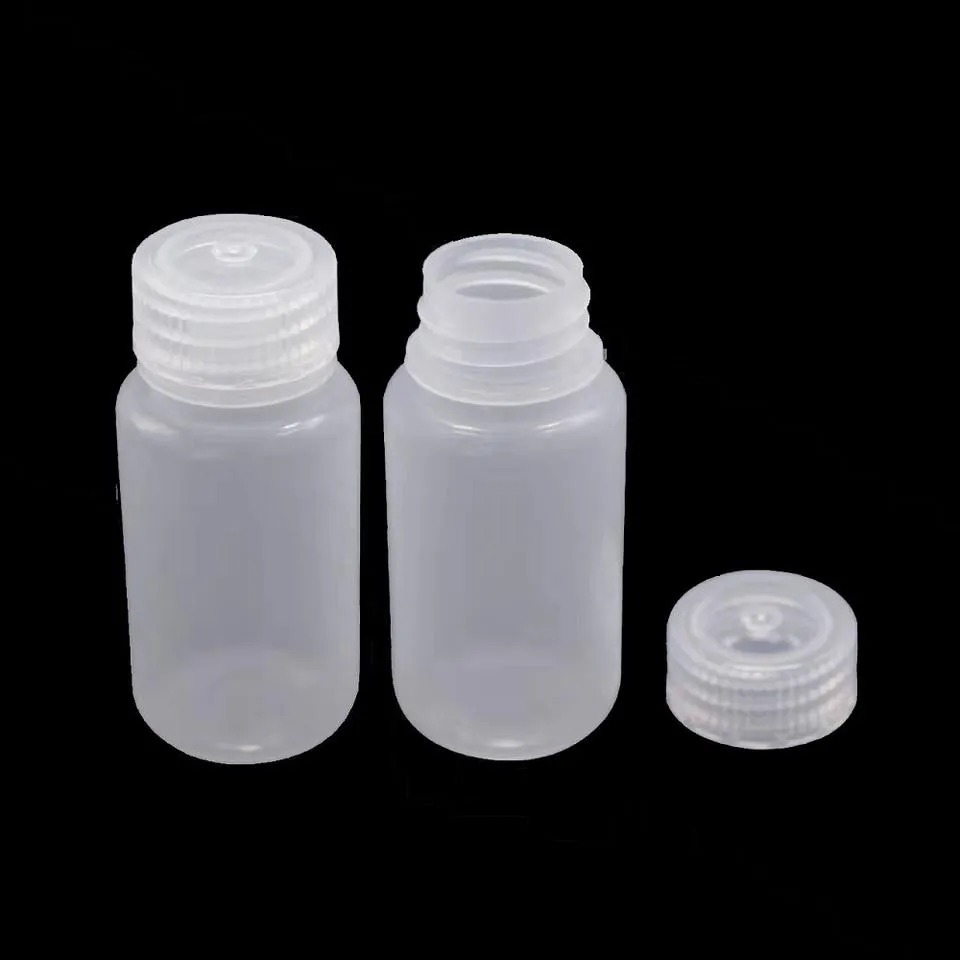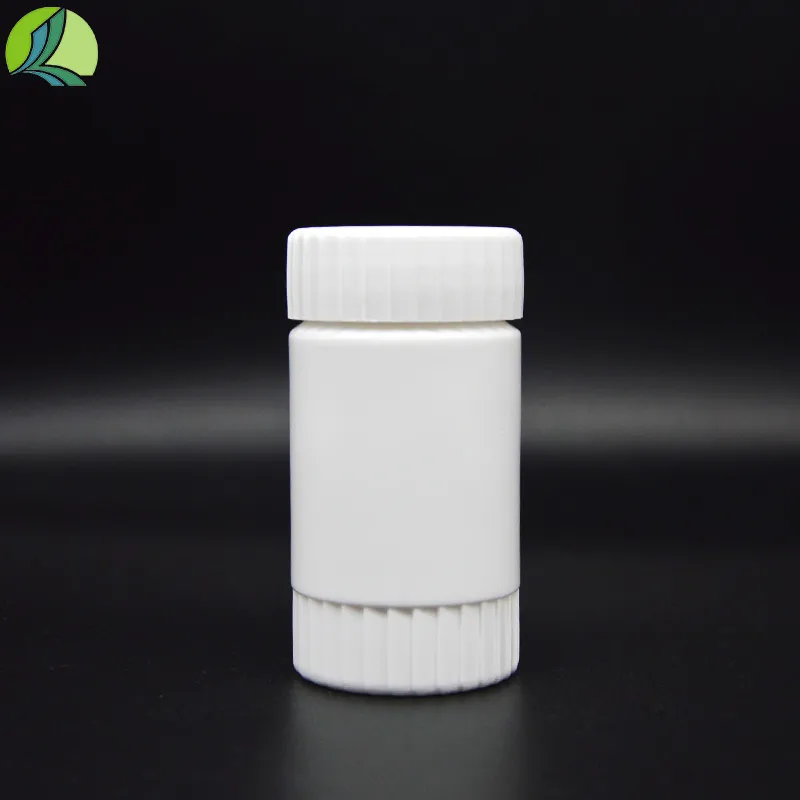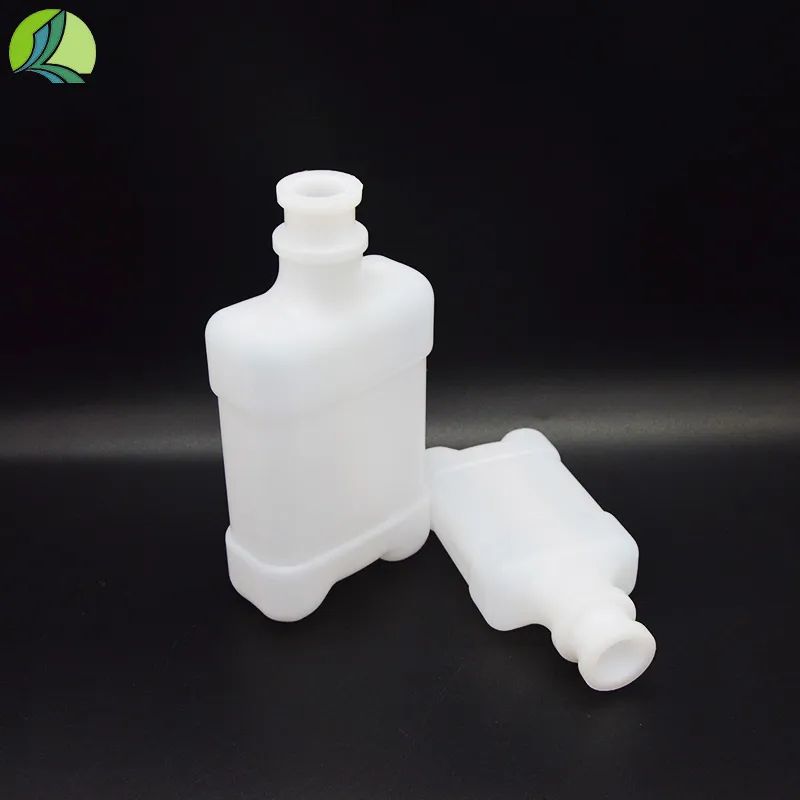
-
 Afrikaans
Afrikaans -
 Albanian
Albanian -
 Amharic
Amharic -
 Arabic
Arabic -
 Armenian
Armenian -
 Azerbaijani
Azerbaijani -
 Basque
Basque -
 Belarusian
Belarusian -
 Bengali
Bengali -
 Bosnian
Bosnian -
 Bulgarian
Bulgarian -
 Catalan
Catalan -
 Cebuano
Cebuano -
 Corsican
Corsican -
 Croatian
Croatian -
 Czech
Czech -
 Danish
Danish -
 Dutch
Dutch -
 English
English -
 Esperanto
Esperanto -
 Estonian
Estonian -
 Finnish
Finnish -
 French
French -
 Frisian
Frisian -
 Galician
Galician -
 Georgian
Georgian -
 German
German -
 Greek
Greek -
 Gujarati
Gujarati -
 Haitian Creole
Haitian Creole -
 hausa
hausa -
 hawaiian
hawaiian -
 Hebrew
Hebrew -
 Hindi
Hindi -
 Miao
Miao -
 Hungarian
Hungarian -
 Icelandic
Icelandic -
 igbo
igbo -
 Indonesian
Indonesian -
 irish
irish -
 Italian
Italian -
 Japanese
Japanese -
 Javanese
Javanese -
 Kannada
Kannada -
 kazakh
kazakh -
 Khmer
Khmer -
 Rwandese
Rwandese -
 Korean
Korean -
 Kurdish
Kurdish -
 Kyrgyz
Kyrgyz -
 Lao
Lao -
 Latin
Latin -
 Latvian
Latvian -
 Lithuanian
Lithuanian -
 Luxembourgish
Luxembourgish -
 Macedonian
Macedonian -
 Malgashi
Malgashi -
 Malay
Malay -
 Malayalam
Malayalam -
 Maltese
Maltese -
 Maori
Maori -
 Marathi
Marathi -
 Mongolian
Mongolian -
 Myanmar
Myanmar -
 Nepali
Nepali -
 Norwegian
Norwegian -
 Norwegian
Norwegian -
 Occitan
Occitan -
 Pashto
Pashto -
 Persian
Persian -
 Polish
Polish -
 Portuguese
Portuguese -
 Punjabi
Punjabi -
 Romanian
Romanian -
 Russian
Russian -
 Samoan
Samoan -
 Scottish Gaelic
Scottish Gaelic -
 Serbian
Serbian -
 Sesotho
Sesotho -
 Shona
Shona -
 Sindhi
Sindhi -
 Sinhala
Sinhala -
 Slovak
Slovak -
 Slovenian
Slovenian -
 Somali
Somali -
 Spanish
Spanish -
 Sundanese
Sundanese -
 Swahili
Swahili -
 Swedish
Swedish -
 Tagalog
Tagalog -
 Tajik
Tajik -
 Tamil
Tamil -
 Tatar
Tatar -
 Telugu
Telugu -
 Thai
Thai -
 Turkish
Turkish -
 Turkmen
Turkmen -
 Ukrainian
Ukrainian -
 Urdu
Urdu -
 Uighur
Uighur -
 Uzbek
Uzbek -
 Vietnamese
Vietnamese -
 Welsh
Welsh -
 Bantu
Bantu -
 Yiddish
Yiddish -
 Yoruba
Yoruba -
 Zulu
Zulu
What Are Laboratory Centrifuge Tubes and Their Core Functions?
In the dynamic environment of scientific research and laboratory operations, specialized tools are essential for accurate and efficient sample handling. Laboratory centrifuge tubes stand out as fundamental instruments, designed to withstand the forces generated during centrifugation while safely containing biological, chemical, or physical samples. These tubes play a pivotal role in separating components within a sample based on density, a process critical to numerous scientific disciplines, from molecular biology to clinical diagnostics.

How Do Centrifuge Tubes Facilitate Sample Processing in Laboratories?
Centrifugation is a cornerstone technique in labs, and centrifuge tubes are the primary vessels enabling this process. Constructed from durable materials such as polypropylene (PP) or polystyrene (PS), these tubes are engineered to resist chemical corrosion and mechanical stress. For instance, in a typical DNA extraction protocol, a centrifuge tube holds the cell lysate, and during centrifugation, the denser cellular debris settles at the bottom, while the lighter DNA - containing supernatant remains above, ready for further purification. The centrifuge tube uses in laboratory also extend to blood sample processing, where they help separate plasma from red blood cells, a crucial step in clinical testing.
What Makes Micro Centrifuge Tubes Unique in Small - Scale Experiments?
For applications requiring smaller sample volumes, micro centrifuge tubes are indispensable. These tubes, often ranging in capacity from 0.1 mL to 2 mL, are optimized for use in microcentrifuges, which spin at high speeds to process tiny samples. In molecular cloning, a micro centrifuge tube might hold recombinant DNA molecules during plasmid isolation, allowing researchers to concentrate and purify the DNA efficiently. Their compact size and precise design make them ideal for experiments involving limited sample quantities, such as PCR reactions or protein analysis, where minimizing sample loss and ensuring uniform centrifugation are critical.
When Should 50 mL Centrifuge Tubes Be Used Over Smaller Variants?
The 50 mL centrifuge tube, with its larger capacity, caters to scenarios that involve processing more substantial volumes of samples. In cell culture laboratories, these tubes are commonly used to pellet large numbers of cells after trypsinization, facilitating downstream applications like cell lysis or protein extraction. Additionally, in environmental science, a 50 mL centrifuge tube might be employed to separate soil particles or waterborne microorganisms from bulk samples, enabling researchers to analyze contaminants or microbial populations. Their robust construction and standardized size ensure compatibility with most benchtop centrifuges, making them a versatile choice for medium - to - large - scale sample processing.
How to Select the Right Centrifuge Tube for Specific Applications?
Choosing the appropriate laboratory centrifuge tube depends on several factors, including sample volume, centrifugation speed, and chemical compatibility. For high - speed centrifugation (e.g., above 10,000 xg), tubes with reinforced caps and thicker walls, often labeled as “high - speed” or “ultracentrifuge” compatible, are necessary to prevent breakage. When working with organic solvents or aggressive chemicals, selecting tubes made from inert materials like polypropylene is crucial to avoid chemical degradation. For centrifuge tube uses in laboratory that involve temperature variations, such as freeze - thaw cycles, tubes with good thermal stability ensure sample integrity throughout the process.
What Are the Best Practices for Using and Maintaining Centrifuge Tubes?
Proper usage of centrifuge tubes is essential for both safety and accurate results. Always balance the centrifuge rotor by placing tubes of equal volume opposite each other, as an unbalanced load can damage the centrifuge and compromise sample processing. When working with biological hazards, such as pathogens or genetically modified materials, use sealed - cap centrifuge tubes to prevent aerosol formation during centrifugation. After use, dispose of contaminated tubes in biohazard waste containers, and clean reusable tubes with mild detergents to avoid cross - contamination in future experiments. Regularly inspect tubes for cracks or deformities, especially after high - speed runs, to ensure they remain fit for purpose.
Can Different Centrifuge Tube Sizes Be Interchanged in the Same Centrifuge?
While some centrifuges come with adapters that allow the use of smaller tubes in larger rotor slots, it is generally recommended to use tubes that match the rotor’s design specifications. Using an incompatible size, such as a 50 mL centrifuge tube in a rotor designed for 15 mL tubes without an adapter, can lead to instability, uneven centrifugation, or even tube ejection during operation. Always consult the centrifuge manufacturer’s guidelines to determine which tube sizes and types are safe for use with your equipment.
How Does Tube Material Affect Centrifugation Performance?
The material of a laboratory centrifuge tube impacts its resistance to chemicals, temperature, and centrifugal forces. Polypropylene (PP) is a popular choice due to its high chemical resistance, low cost, and good mechanical properties, making it suitable for most routine applications. Polystyrene (PS) tubes, while more brittle, are ideal for optical applications as they offer better clarity for visualizing samples. For ultracentrifugation at extremely high speeds, tubes made from materials like polycarbonate (PC) or polyethylene terephthalate (PET) are preferred, as they can withstand the intense forces without deforming or breaking.
Are There Sterile Options Available for Centrifuge Tubes?
Yes, many manufacturers offer sterile centrifuge tubes, often gamma - irradiated or ethylene oxide (EtO) treated, to meet the needs of sterile cell culture, microbiology, or pharmaceutical applications. Sterile tubes are typically individually packaged or available in bulk with contamination - control measures, ensuring no microbial interference during sample handling. For non - sterile applications, non - treated tubes are more cost - effective but should be cleaned or autoclaved if necessary to remove any contaminants before use.
-
Why Are 50 mL Polypropylene Conical Tubes a Staple in Laboratories?NewsAug.18,2025
-
Solutions for Laboratory Separation: Diverse Centrifuge Tubes ExploredNewsAug.18,2025
-
Functional Solutions for Laboratory Separation: Centrifuge Tubes of Various CapacitiesNewsAug.18,2025
-
Exploring the Versatility of Centrifuge Tubes in Laboratory ApplicationsNewsAug.18,2025
-
Essential Tools in Laboratory and Industrial Settings: Polypropylene Tubes and Their VariantsNewsAug.18,2025



